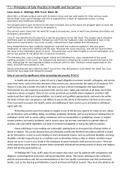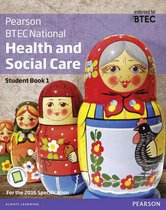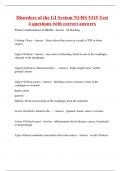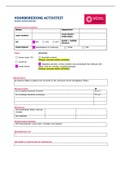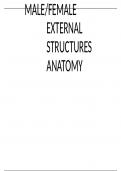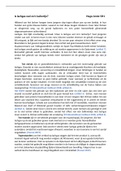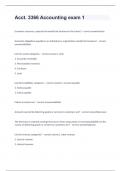Essay
Unit 7 - Principles of Safe Practice
- Module
- Institution
- Book
This assignment received the following feedback: 'This was the best assignment I have ever marked, in any unit, from any student' and was graded distinction. This assignment covers every single pass, merit, and distinction criteria for Unit 7 - Principles of Safe Practice for Pearson BTEC Health & ...
[Show more]
